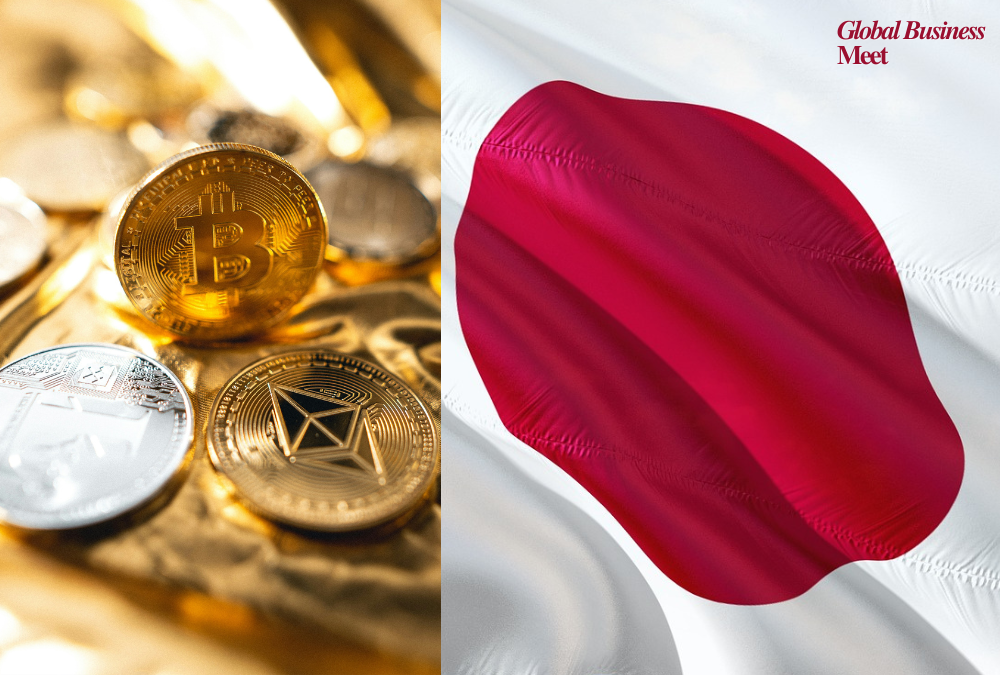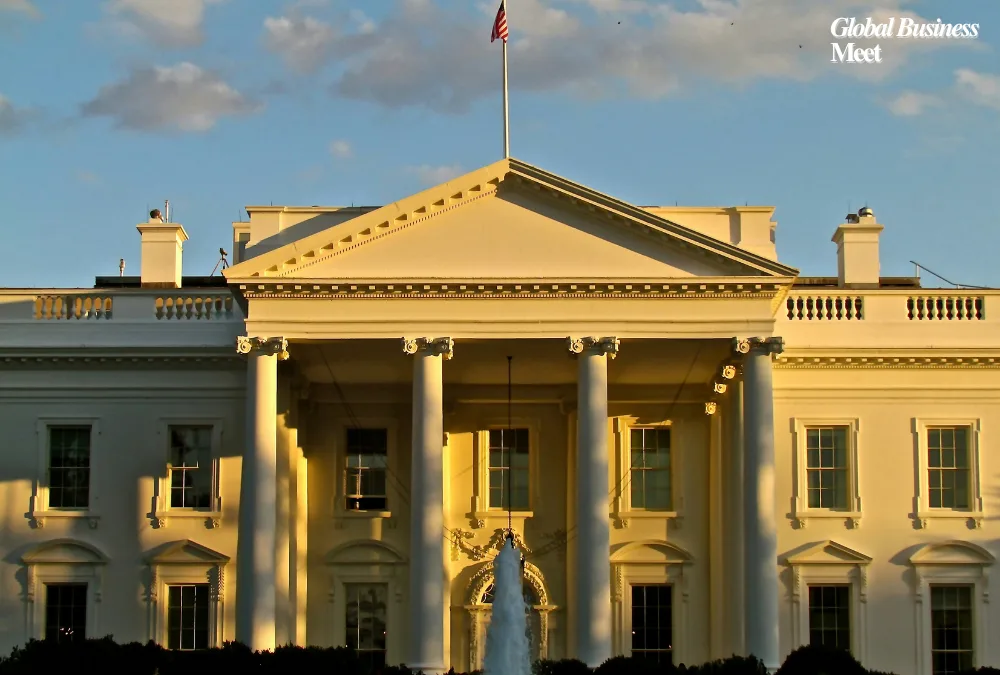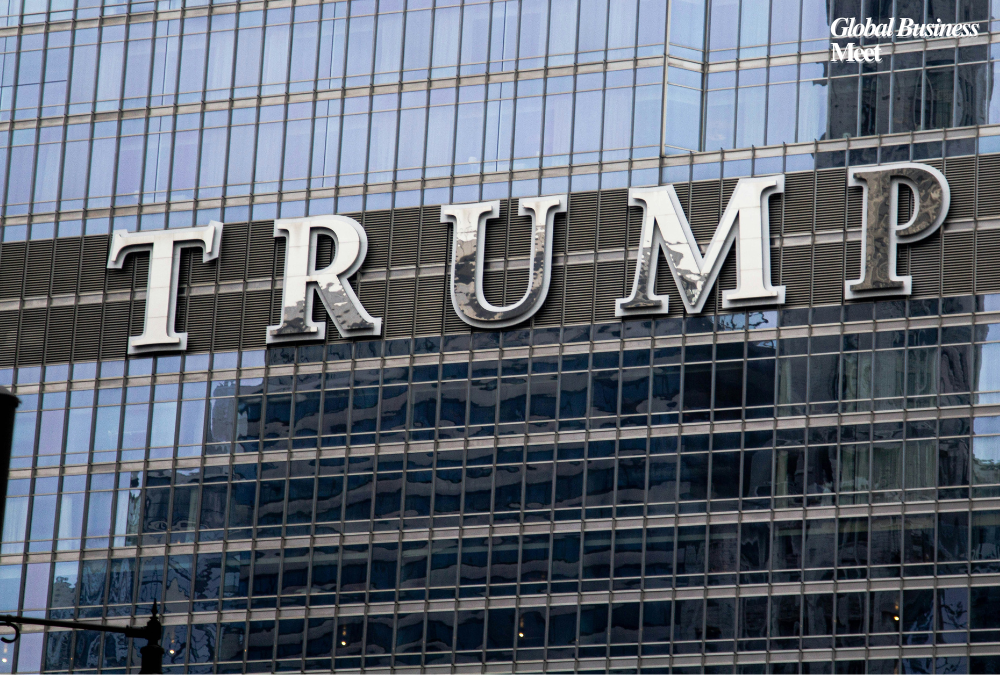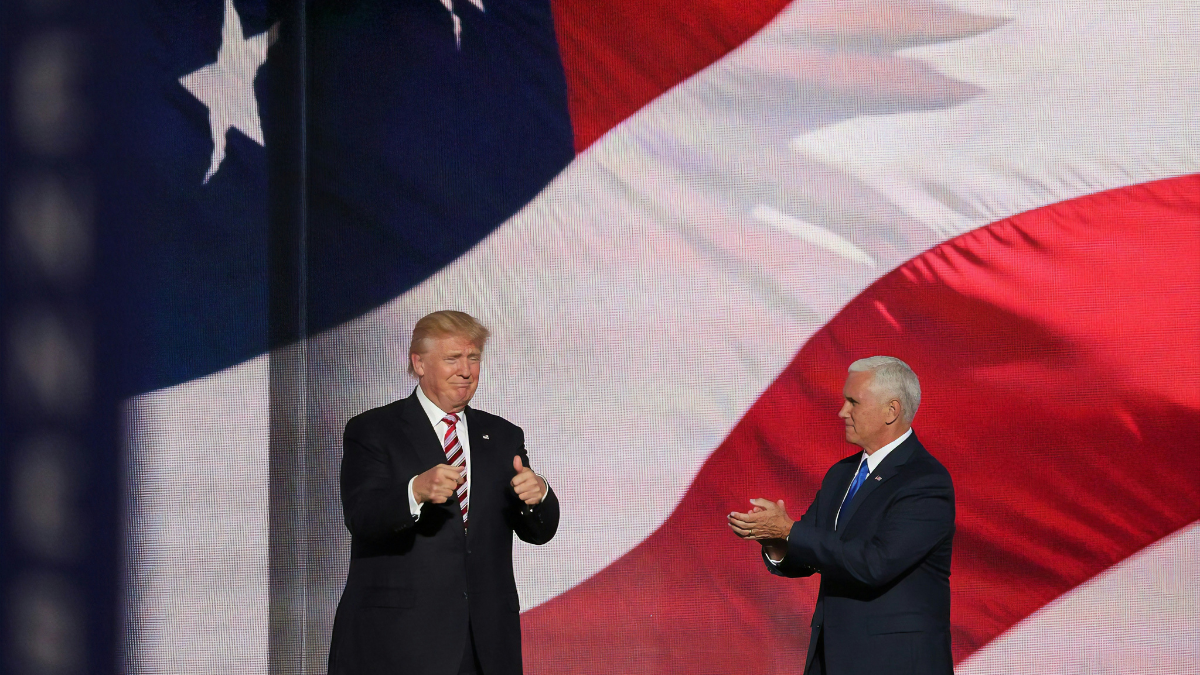
The largest stablecoin issuer all over the world, Tether, has just reported a record quarterly profit of 4.9 billion dollars in the second quarter of 2025. It became one of the best performances in the history of the company, and it showed the increasing influence of stablecoins in the mainstream finances. This leap in profit is attributed to the increased demand of the USDT and other stablecoins in the worldwide markets which have been on the increase due to the increasing adoption of the stable coins between retail and institutional investors. This trend shows the active application of stablecoins as a bridge between the conventional industry and decentralized.
A significant increase in profit is explained by the fact that Tether has invested in high-yield assets, i.e. U.S. Treasury bills, transaction volumes have increased, and the attitude towards the market became more positive. Rates have been high, and due to such nature, Tether has enjoyed high returns on their reserves. Another factor mentioned by the company was that it expanded into new markets and formed collaboration with international payment platforms, which also helped it drive this growth and become a leader of the stablecoin market.
The stablecoins are getting broader use as global businesses, financial institutions, and governments are willing to use them because they provide faster, cheaper, and more secure cross-border transactions. The USDT stablecoin issued by Tether is still the most popular one, and it holds more than 70 percent of the market. Its integration with payment networks and crypto exchanges last year has also contributed to its ease of use, which is why it is an asset of choice in the context of trading, remittances, and volatility protection involving conventional crypto payment tokens.
These positive advancements notwithstanding, controversy still hangs over Tether as far as regulation is concerned. Regulators in various nations are following closely the issuers of stable coins, which have caused a degree of alarm regarding privacy, backing reserves, and systemic danger. However, Tether has insisted numerous times that it has robust reserve management qualifications and that it endures the changing regulations. Among the attempts to enhance investor confidence that the company has been making is the publication of comprehensive reserve reports.
In the future, Tether intends to expand its product line by experimenting with other stablecoins, which would be tied to other currencies and commodities other than the US dollar. The firm is also conducting blockchain infra works to facilitate efficiency and scale. Such projects should continue to support the growth that can further position Tether as a competitive entity within the rapidly changing crypto environment.
The wider consequence of the success of Tether is huge. Each one of the proposed stablecoins is dwelling towards the evolvement of the digital finance market, providing a safe means of exchange, and a secured value store in the cryptographic field. With the speedy rise in adoption rates, stablecoin issuers, such as Tether, will become the main initiative to mainstream blockchain use as a financial transactional medium.
The 4.9 billion in profit is the confirmation that the fundamentals are strong and the sustainability in this volatility is evident to the investors. But they are wary of possible regulatory hurdles that could compensate their growth paths. The balance between invention and way of life will decide how Tether and the stable coin business advance over the following years.
















































